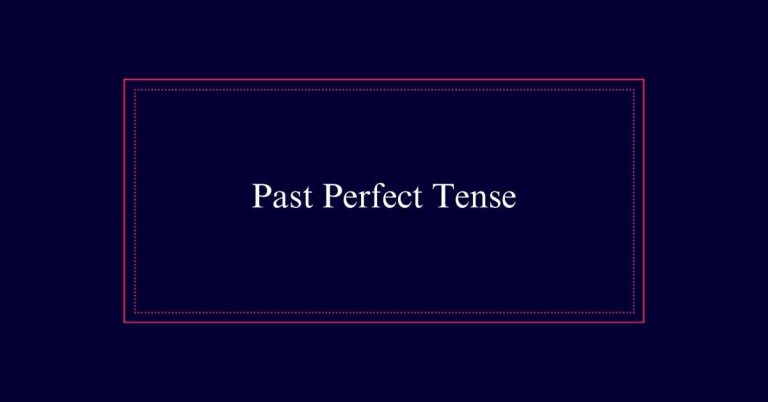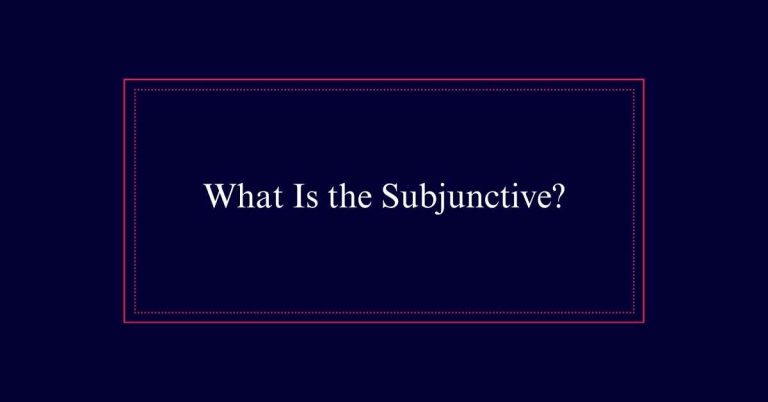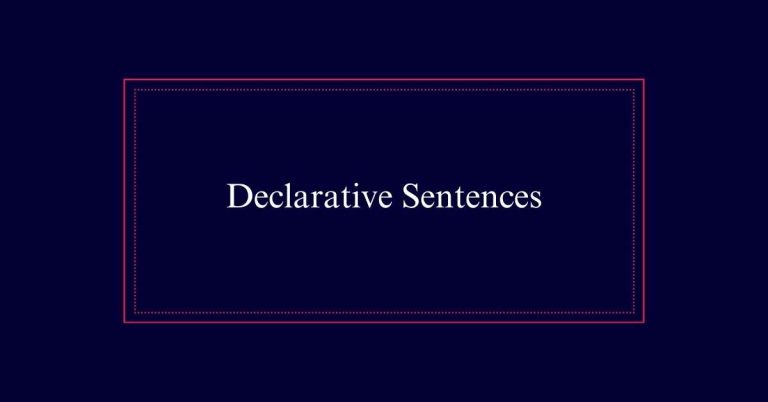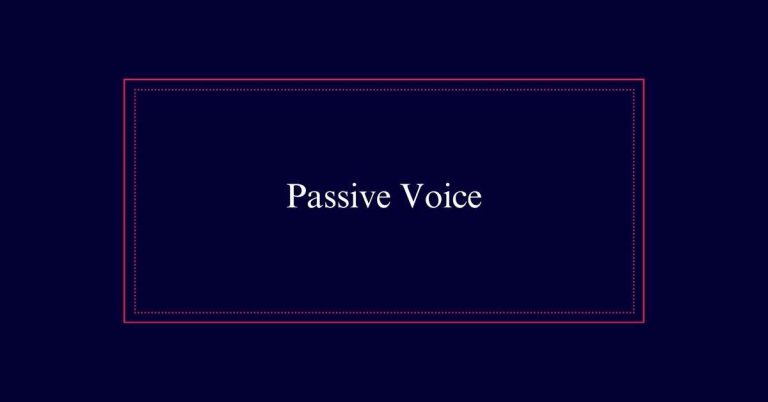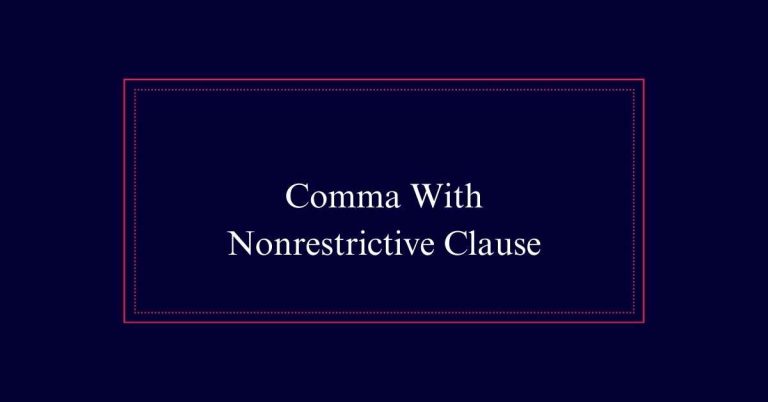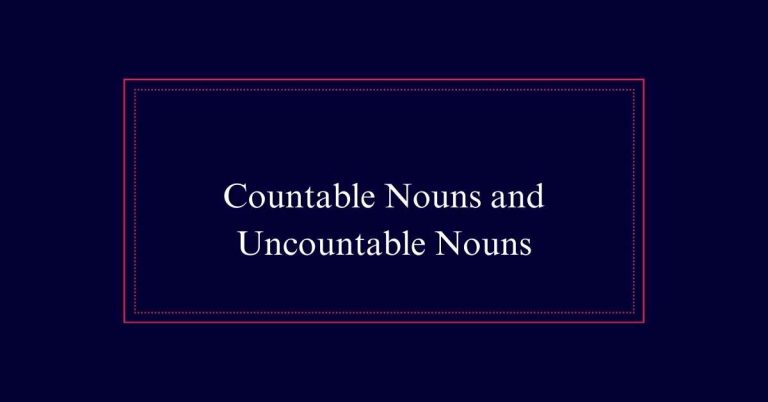What Are Nondefining Clauses?
Nondefining clauses, also known as nonessential clauses, add extra information about a noun without changing the main meaning of the sentence. These clauses are introduced by relative pronouns such as ‘who,’ ‘which,’ or ‘where.’
Unlike defining clauses, they are not essential for the sentence’s fundamental meaning and can be omitted without altering the core message. Nondefining clauses are always set off by commas, which help clarify their supplementary nature.
Relative Clauses Overview
Relative clauses, which function as adjective clauses, come in two types: defining and nondefining. These clauses use relative pronouns such as who, whose, when, where, which, and that. They provide additional information about a noun.
Defining clauses give essential information about the main noun. This information is essential for understanding which specific person or thing is being referred to.
On the other hand, nondefining clauses add extra details that are not necessary. They describe the noun but are not vital for identifying it. Relative clauses enhance the richness of sentences, making the information more precise or detailed.
Defining Vs. Nondefining Clauses
Understanding the distinction between defining and nondefining clauses is key to mastering their use in writing. Defining clauses provide essential information about the noun they describe. Without these clauses, the sentence would lose its meaning. For example, ‘The book that you lent me was fascinating.’ Here, the clause ‘that you lent me’ defines which specific book is being discussed.
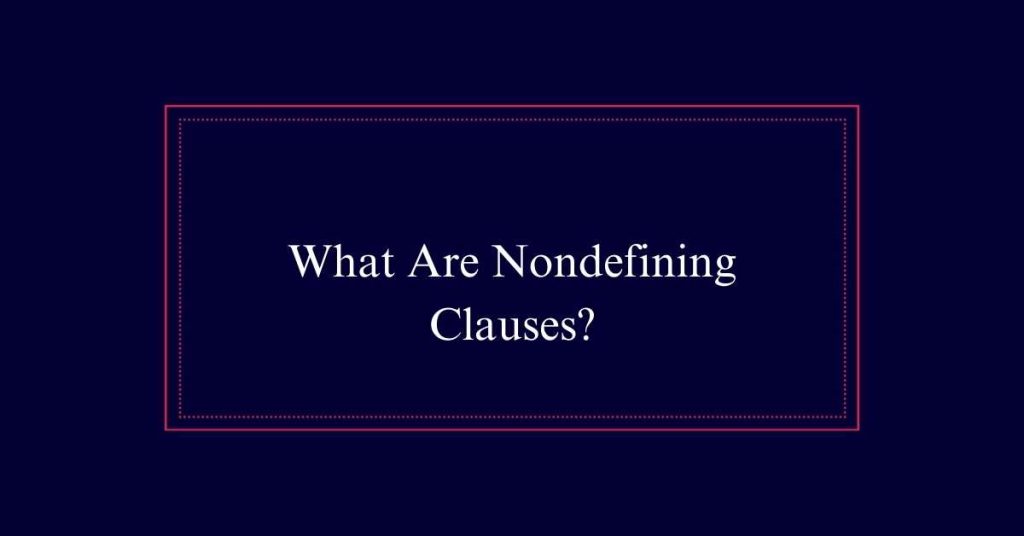
In contrast, nondefining clauses add supplementary information that is not vital to the sentence’s main point. For instance, ‘My brother, who lives in Canada, is visiting us next week.’ The clause ‘who lives in Canada’ offers additional details but can be removed without altering the sentence’s core meaning.
Key Relative Pronouns
In English, key relative pronouns include who, whose, when, where, which, and that. These words introduce clauses that provide more information about a noun in the sentence.
‘Who’ and ‘whose’ are used for people, while ‘which’ and ‘that’ refer to things or animals. ‘Where’ specifies a place, and ‘when’ denotes a time. Nondefining clauses often use these pronouns to add extra details.
For instance, ‘The book, which I read last night, was fascinating.’ Here, ‘which’ starts a nondefining clause that gives additional information about the book.
Essential Vs. Nonessential Information
Distinguishing between essential and nonessential information is important for clear and effective communication. Essential information, provided by defining clauses, is essential to the meaning of a sentence. This type of clause identifies which specific person or thing we are talking about.
For example, ‘The book that has a red cover is mine’ uses a defining clause. Nonessential information, on the other hand, is given by nondefining clauses. These clauses add extra details that are not critical to understanding the main point.
For instance, ‘My book, which has a red cover, is on the table’ uses a nondefining clause. Removing it still leaves a clear sentence. Correct use of commas helps distinguish between these types of clauses.
Supplementary Information
Supplementary information provided by nondefining clauses enriches sentences with additional, nonessential details. These clauses offer extra context without altering the core meaning of the sentence.
Here are some key points about how they add value:
- Enhanced Descriptions: Nondefining clauses can offer more vivid descriptions of the subject.
- Background Information: They can introduce background details that make the text more engaging.
- Interest and Variety: Adding nondefining clauses can make writing more interesting and varied.
- Clarification: They can help clarify or expand on a point without changing the main idea.
Can Nondefining Clauses Also Be Nonrestrictive?
Yes, nondefining clauses can also be nonrestrictive. A nonrestrictive clause adds extra information that is not essential to the meaning of the sentence. For example, “My cousin, who lives in New York, is visiting next week.” Here, the nonrestrictive clause “who lives in New York” adds extra information. For further restrictive and nonrestrictive clauses explanation, consult a grammar guide.
Removing Nondefining Clauses
Removing nondefining clauses simplifies sentences by eliminating supplementary details that are not essential to the main message. By removing these clauses, the core meaning of the sentence remains intact.
For example, ‘The book, which I bought yesterday, is interesting’ becomes ‘The book is interesting.’ The information about when the book was bought is important and significant for understanding the main idea.
Simplifying sentences can make writing clearer and more direct. This technique is helpful in technical writing or formal documents where brevity is important.

